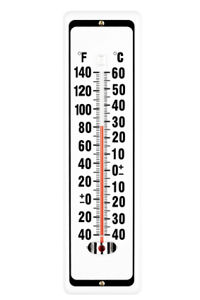Weather
Weather is the state of the atmosphere at a given time and at any one place, with respect to heat or cold, wetness or dryness, calm or storm, clearness or cloudiness. Also, weather is the meteorological day-to-day variations of the atmosphere and their effects on life and human activity. It includes temperature, pressure, humidity, clouds, wind, precipitation and fog.
Weather forecasting
The scientific study of weather is termed meteorology. Attempts to predict future changes are known as weather forecasting. Weather forecasting is the application of science and technology to predict the state of the atmosphere for a given location.
Weather forecasts are made by collecting quantitative data about the current state of the atmosphere and using scientific understanding of atmospheric processes to project how the atmosphere will evolve.
Weather station
A weather station is a facility, with instruments and equipment for observing atmospheric conditions to provide information for weather forecasts and to study the weather and climate.
The measurements taken include:
- temperature,
- barometric pressure,
- humidity,
- wind speed,
- wind direction, and
- precipitation amounts.
Weather instruments
Typical weather stations have the following instruments:
Thermometer for measuring air and sea surface temperature
Barometer for measuring atmospheric pressure
Hygrometer for measuring humidity.
Anemometer for measuring wind speed
Rain gauge for measuring liquid precipitation over a set period of time.
Weather stations often use weather balloons. A weather balloon is a balloon which carries instruments and the balloon sends back information on atmospheric pressure, temperature, humidity and wind speed.
KNMI
The Royal Dutch Meteorological Institute (KNMI = Koninklijk Nederlands Meteorologisch Instituut) is known mainly for its weather forecasts and warnings, but is also the national knowledge centre for weather, climate research and seismology.
The KNMI was founded on 31 January 1854. Buys Ballot (1817-1890), its first general director, chose to establish KNMI at the Sonnenborgh observatory in Utrecht. In 1897, the Institute moved to De Bilt, where its headquarters is still located today.






